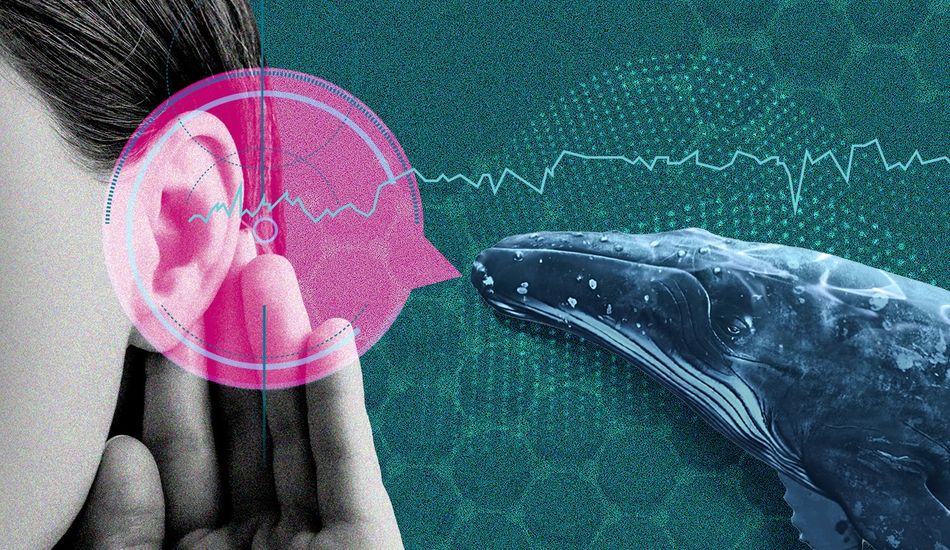
AI Unlocks Animal Communication
Animals communicate in myriad ways, from the chirps of crickets to the complex songs of whales. While humans have long observed animal behavior, truly understanding their communication has remained elusive. Now, artificial intelligence is revolutionizing this field, offering unprecedented opportunities to decipher animal languages.
Decoding the Ocean's Voices
Projects like Project CETI are using machine learning to analyze sperm whale clicks, revealing intricate patterns and structures previously unknown. This research is not only uncovering the complexity of whale communication but also prompting crucial discussions about the ethical implications of using AI to interact with animals.
Meanwhile, initiatives like DolphinGemma, a large language model trained on decades of dolphin vocalizations, are pushing the boundaries further. This model can predict dolphin vocalizations and even generate dolphin-like sounds, potentially paving the way for a two-way communication system. Such advancements raise important questions about responsible technological development and potential interspecies dialogue.
Beyond the Oceans: AI and Terrestrial Animals
The applications of AI extend beyond marine mammals. Studies using speech recognition models originally trained on human voices have successfully identified emotions, genders, and even individual dogs based on their barks. This highlights the surprising effectiveness of adapting existing AI architectures to decode various animal communication systems.
Research also suggests that even seemingly less communicative animals, such as cats, possess a sophisticated understanding of human speech, responding differently to direct "cat talk." This underscores the potential for AI to reveal surprising levels of communication complexity across diverse species.
Ethical Considerations and Future Directions
While the potential benefits of AI in understanding animal communication are immense, ethical considerations are paramount. Concerns about animal welfare, potential biases in AI models, and the responsible application of technology need careful attention. The development of ethical guidelines and collaborative efforts between AI experts and animal behavior researchers are crucial to ensure responsible advancement in this field.
Ultimately, the integration of AI in animal communication research holds immense promise for unlocking the secrets of the animal kingdom. However, the responsible development and application of this technology is essential to ensure that these advancements benefit both humanity and the animal world.
Source: Gizmodo